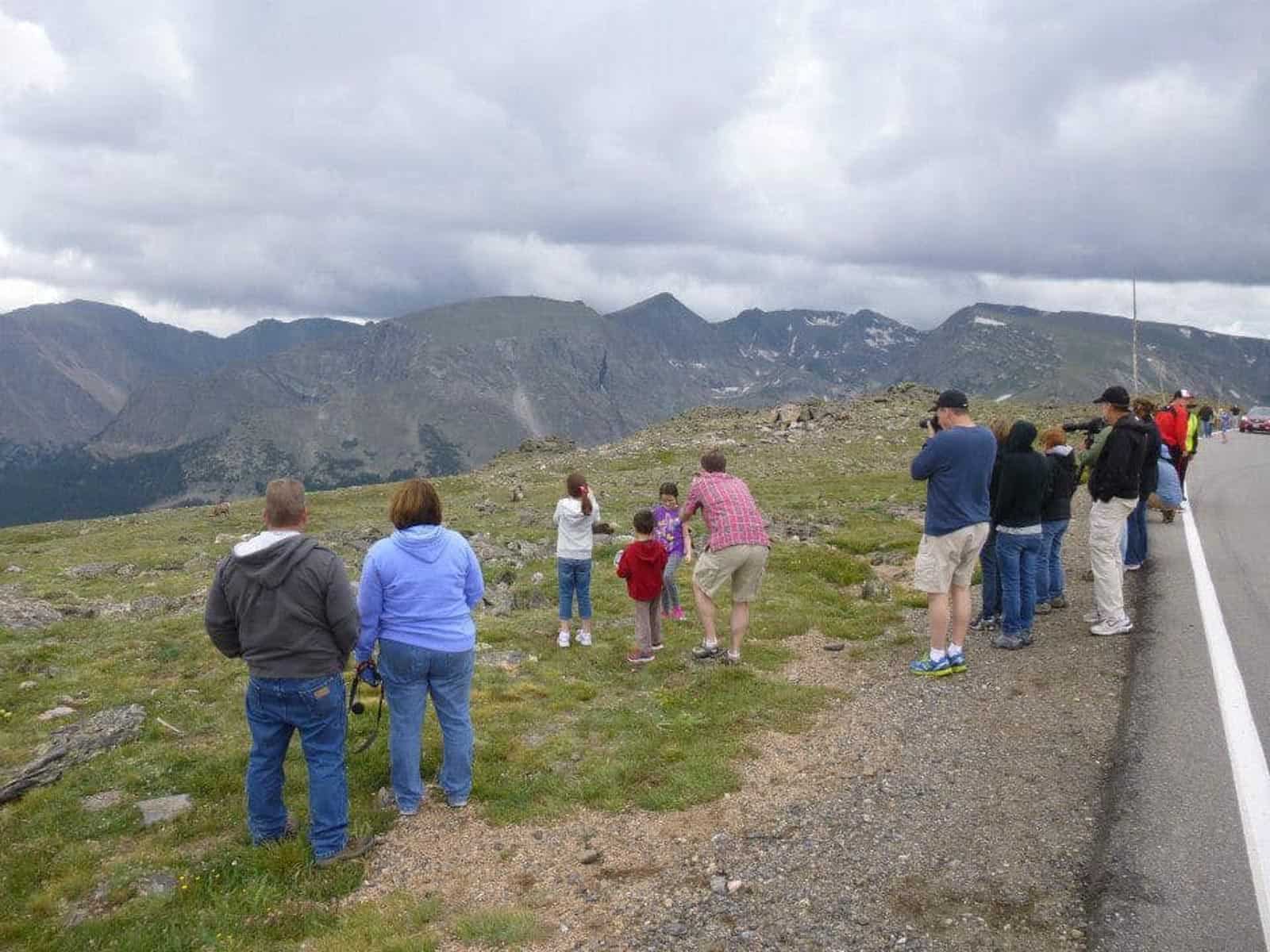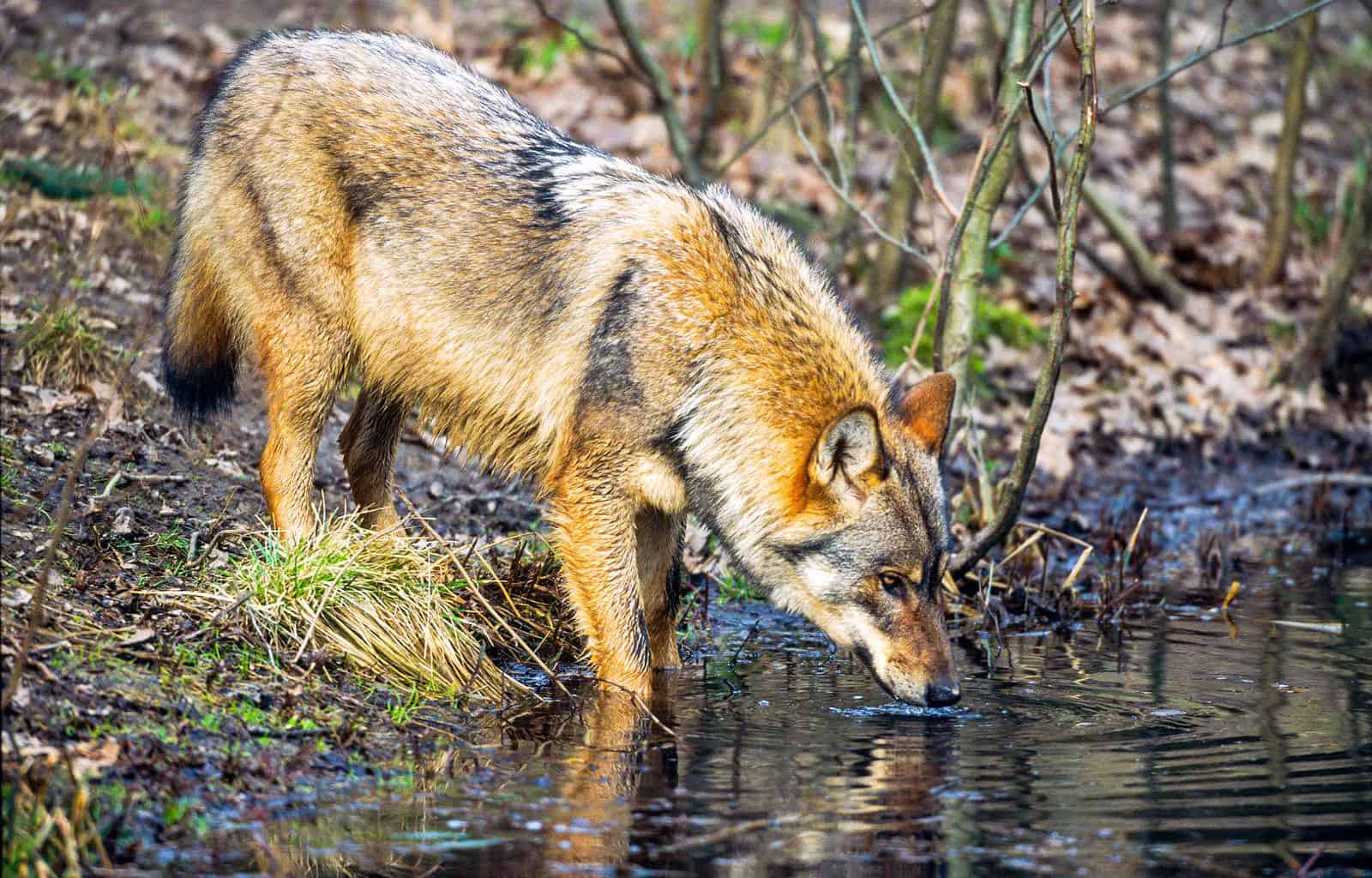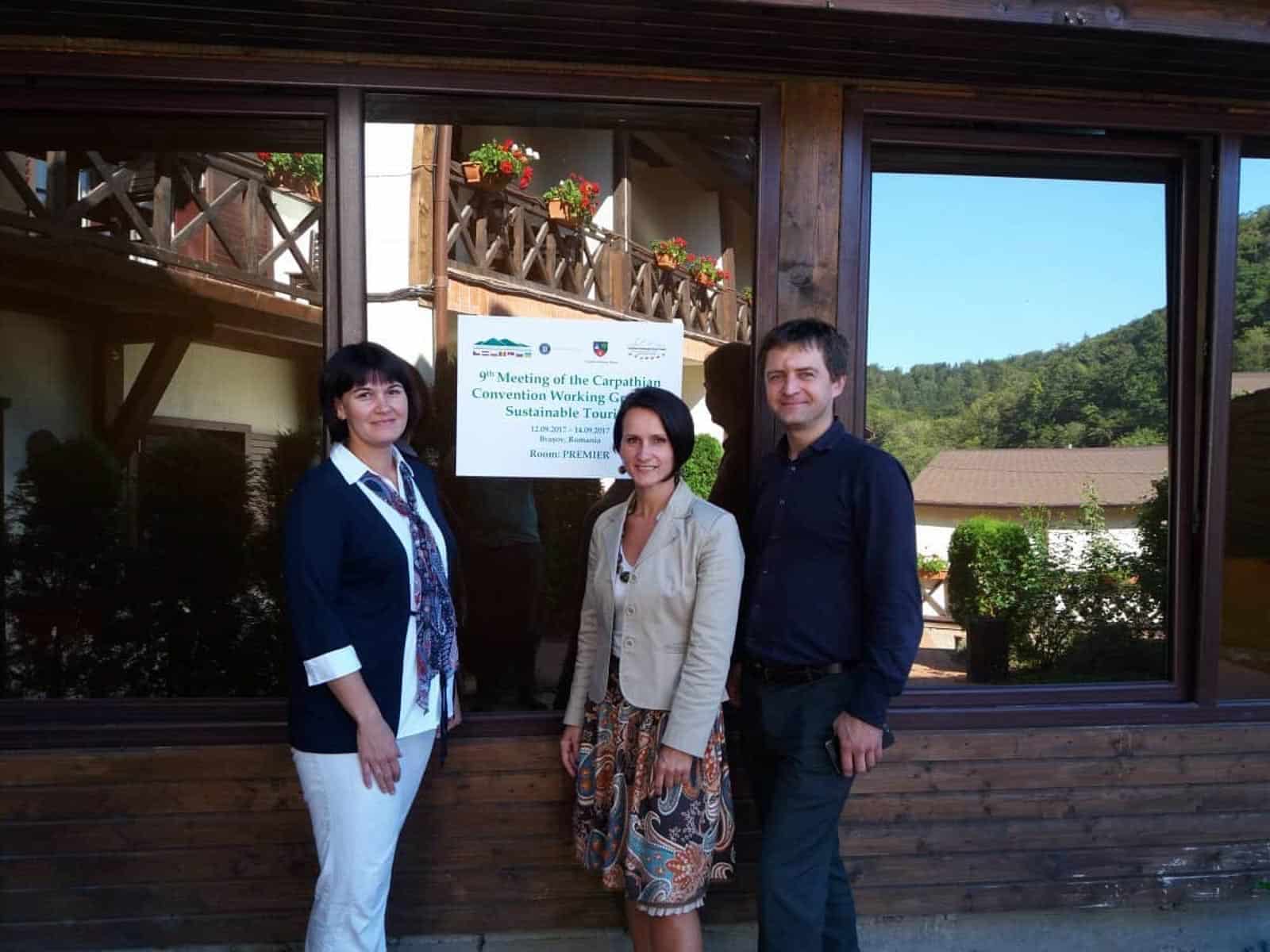Ecotourism is sustainable economy
A recently published new study in the journal of the National Academy of Sciences reveals that ecotourism has improved the quality of life of Costa Ricans living in areas close to parks and protected areas by 16%.
The Costa Rican News agency has just reported that the study suggests that ecotourism has a positive impact on poverty reduction. It sets the example also for rural areas in Europe, which are often affected by the protection of our Wilderness areas. “The natural protected areas in Costa Rica have reduced poverty by 16% in neighboring communities, mainly by the thrust of ecotourism. And that has a logical explanation: Tourists spend more money when they enjoy their stay”, says Paul Ferraro, professor of economics at the University of Georgia, who was one of the researchers of the study.
“The natural protected areas in Costa Rica have reduced poverty by 16% in neighboring communities, mainly by the thrust of ecotourism. And that has a logical explanation: Tourists spend more money when they enjoy their stay”

Ecotourism favors sustainability, preservation, and appreciation of the environment (both natural and cultural) that sensitizes hosts and travelers. Although there are different interpretations, usually ecotourism is promoted as “ethical” tourism, which also considers the welfare of local populations, in addition to the environment.
Isabel Vargas, president of the National Chamber of Tourism (Canatur) coincides with the positive impact of ecotourism in the country’s economy, especially locally. To set the percentage of positive impact of ecotourism in Costa Rica, researchers examined the following variables:
- Changes in tourist and recreational services around parks and protected areas.
- Changes in infrastructure ranging from roads to health services and schools.
- Changes in ecotourism services in parks and protected areas.
Next step: Improve conservation
“Our results suggest that by using existing data, the impact of government programs and policies for local conservation can be better defined. Our findings result in an improvement of programs and policies for the conservation and better impact on the communities adjacent to these sites”, Ferraro added. Central Bank data indicates that tourism accounts for 5% of the GDP. Every tourist visiting the country spends a little over $900 during their nine day stay. Before the crisis of 2008 -2009, the visitors spent $1,041 for 11 nights.







